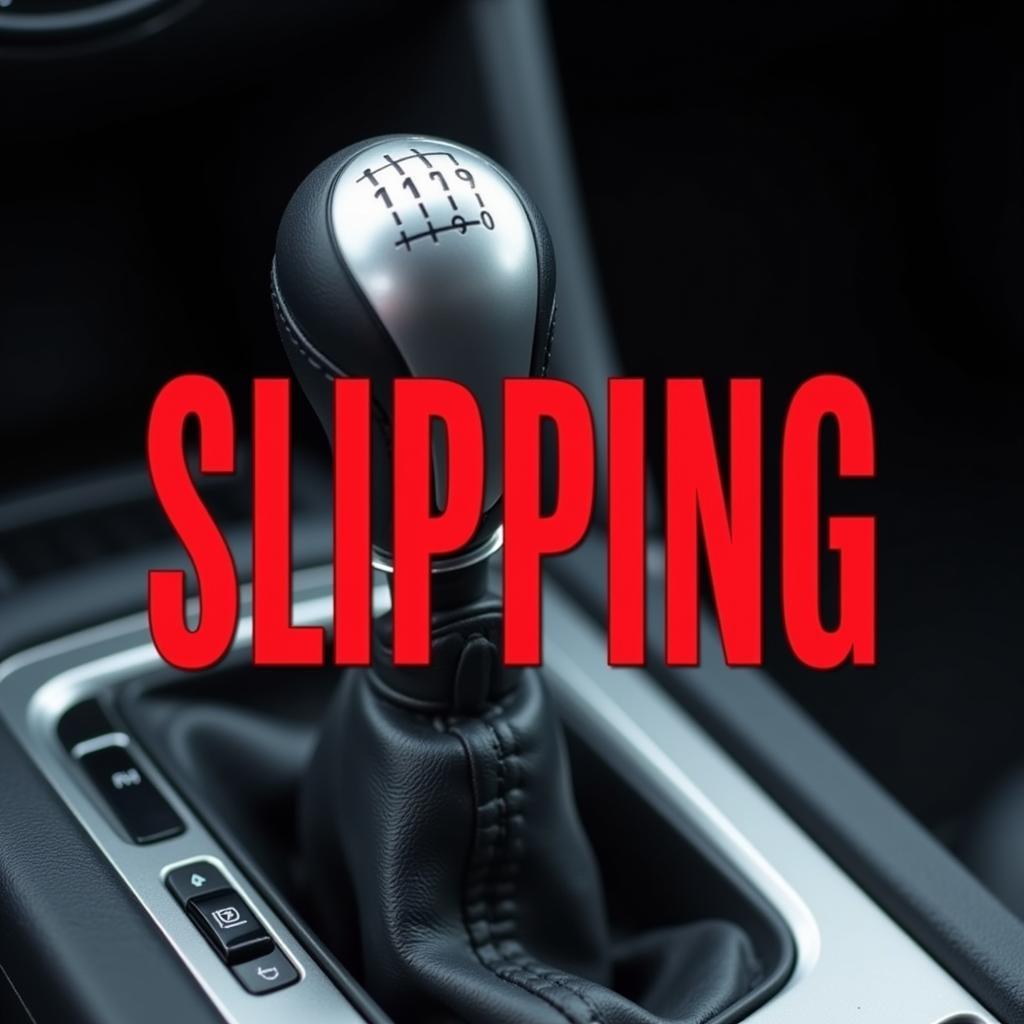The OBD2 code P0740 indicates a problem with your vehicle’s torque converter clutch (TCC) solenoid circuit. This code is often triggered when the powertrain control module (PCM) detects an abnormality in the electrical circuit that controls the TCC solenoid. But what does that mean for you and your vehicle?
This comprehensive guide will walk you through everything you need to know about the P0740 code, from its meaning and common symptoms to its causes and possible solutions.
Understanding the OBD2 Code P0740
In simple terms, the P0740 code signals a problem with the communication between your car’s computer and the torque converter clutch solenoid. The TCC solenoid is responsible for controlling the flow of transmission fluid to the torque converter clutch, which helps improve fuel efficiency by locking the engine and transmission together at higher speeds.
When the PCM detects an issue with the TCC solenoid circuit, it triggers the P0740 code and illuminates the check engine light on your dashboard.
Recognizing the Symptoms of a P0740 Code
While the check engine light is the most obvious indicator of a P0740 code, several other symptoms can manifest:
- Poor fuel economy: One of the primary functions of the TCC is to improve fuel efficiency. A malfunctioning TCC solenoid can lead to reduced fuel economy as the engine and transmission are not locking up properly.
- Slipping transmission: You might experience a slipping sensation when shifting gears, especially during acceleration. This can occur because the torque converter clutch is not engaging or disengaging correctly.
- Overheating transmission: If the TCC solenoid is stuck in the engaged position, it can cause the transmission to overheat due to increased friction and heat generation.
- Harsh shifting: The transmission may shift harshly or erratically between gears, causing a noticeable jolt or jerk while driving.
Common Causes of a P0740 Code
Several factors can contribute to a P0740 code, ranging from simple electrical issues to more complex mechanical problems:
- Faulty TCC solenoid: The most common culprit behind a P0740 code is a malfunctioning TCC solenoid. Over time, the solenoid can wear out, become clogged with debris, or experience an internal electrical fault.
- Low transmission fluid level: Insufficient transmission fluid can prevent the TCC solenoid from functioning correctly, as it relies on hydraulic pressure to operate.
- Dirty or contaminated transmission fluid: Over time, transmission fluid can become contaminated with debris, metal shavings, and other particles, hindering the TCC solenoid’s performance.
- Wiring issues: Damaged, corroded, or loose wiring within the TCC solenoid circuit can disrupt the electrical signals between the solenoid and the PCM.
- Faulty PCM: In rare cases, the PCM itself may be faulty, misinterpreting sensor data or sending incorrect signals to the TCC solenoid.
How to Diagnose and Fix a P0740 Code
Diagnosing a P0740 code requires a systematic approach to identify the root cause:
- Read the code: Start by connecting an OBD2 scanner to your vehicle’s diagnostic port and retrieving the stored trouble codes. This will confirm the presence of the P0740 code and any other related codes.
- Check the transmission fluid: Inspect the transmission fluid level and condition. If the fluid is low, top it off with the manufacturer-recommended fluid. If the fluid appears dark, sludgy, or has a burnt smell, it’s a sign of contamination and requires a transmission fluid flush.
- Inspect the wiring and connectors: Visually inspect the wiring and connectors in the TCC solenoid circuit for any signs of damage, corrosion, or loose connections. Repair or replace any faulty components as needed.
- Test the TCC solenoid: Use a multimeter to test the TCC solenoid’s resistance and continuity. If the solenoid fails the test, it indicates an internal fault and requires replacement.
- Check for other related codes: If you find other trouble codes related to the transmission or engine control systems, address them accordingly.
Expert Insights:
“Remember, early diagnosis and repair are crucial when dealing with transmission-related issues like the P0740 code,” advises John Miller, a seasoned automotive engineer with over 20 years of experience. “Ignoring these problems can lead to more extensive and costly damage to your transmission in the long run.”
“If you’re uncomfortable performing these diagnostic steps yourself, it’s always best to consult a qualified mechanic or transmission specialist,” adds Miller. “They have the expertise and specialized tools to accurately diagnose and repair the issue, ensuring your vehicle is back on the road safely and reliably.”
Conclusion
The OBD2 code P0740 signals a potential problem with your vehicle’s torque converter clutch solenoid circuit. While this might seem daunting, understanding the code’s meaning, common symptoms, and potential causes empowers you to address the issue promptly and effectively.
By following the diagnostic steps outlined in this guide, you can pinpoint the root cause and take the necessary steps to resolve it, whether it’s a simple fix like adding transmission fluid or a more involved repair like replacing the TCC solenoid. Remember, early detection and repair are vital to prevent further damage to your transmission and ensure a smooth and safe driving experience.


